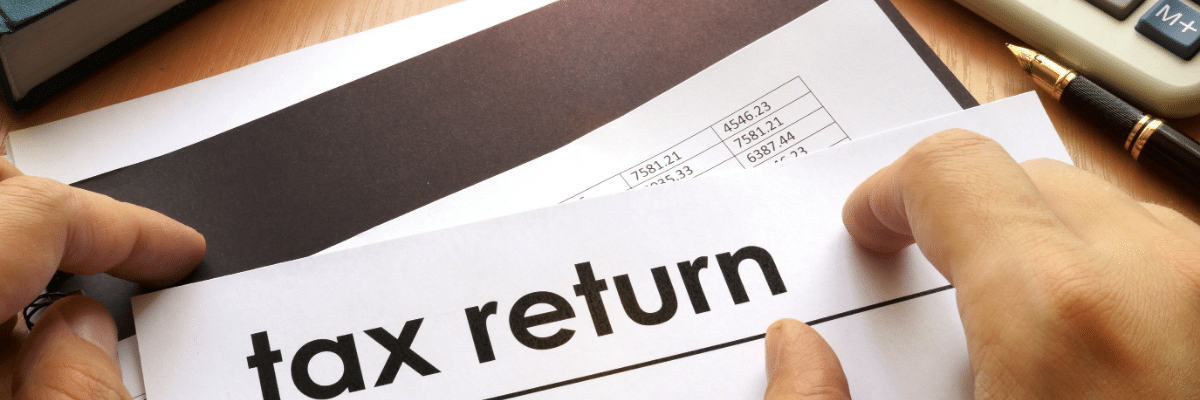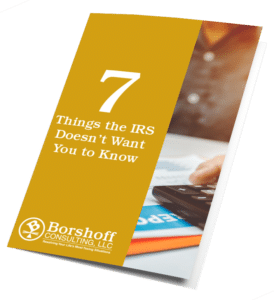Knowing how to properly file your tax return in 2019 should be a high priority for you.
I came across an article the other day about two expatriates who suffered financial loss due to confusion on their part.
They failed to properly file their tax returns.
The IRS has expatriation tax provisions in place; and if you are an expatriate, it’s important for you to know them.
Expatriate or not; the lesson of that story is that even smart people need expert tax advice.
As citizens, it is our responsibility to pay our taxes.
Not doing so can result in a major financial loss!
Like in 2018, the IRS collected over 55 Billion dollars in collections, penalties and criminal prosecutions from individuals or entities failing to comply with the tax code.
And as a result; before you get started on properly filing your tax return, it’s important for you to fully understand your rights as a taxpayer.
In this blog post, you’ll learn the most important things you need to know in relation to properly file your income tax return.
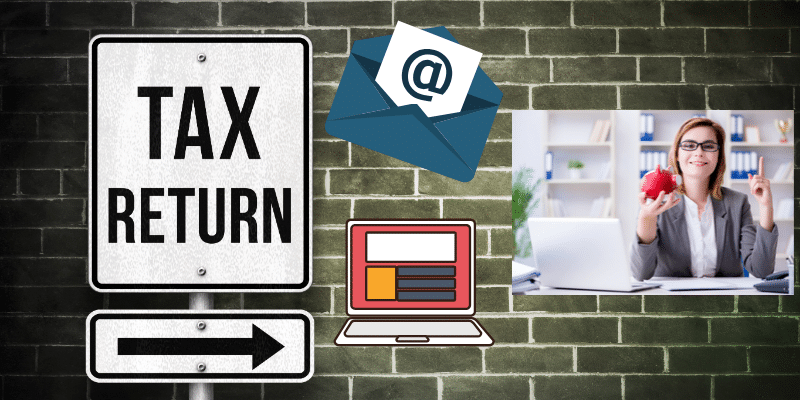
WAY #1: Three to Properly File Your Tax Return
There are three main ways to file your taxes:
- BY MAIL: File your taxes manually, filling out a form called a 1040 form; and mail it to the IRS, along with any payments you owe.
- ELECTRONICALLY D.I.Y: Use a tax software program that asks you questions about income, shows potential deductions and fills out the form and files electronically for you.
- BEST WAY: Get help from a tax professional; who will work with you to maximize your refund and better your tax situation!
There are pros and cons to filing by mail and doing it yourself electronically.
- PROS: Do it yourself, stick it in the mail or file electronically on-time from your living room.
- CONS: Potential errors and missed opportunities for a higher refund to or lower the amount you may have to pay.
Expert tax professionals will potentially find more deductions and ways for you to have your hard-earned money stay where it belongs; with you!
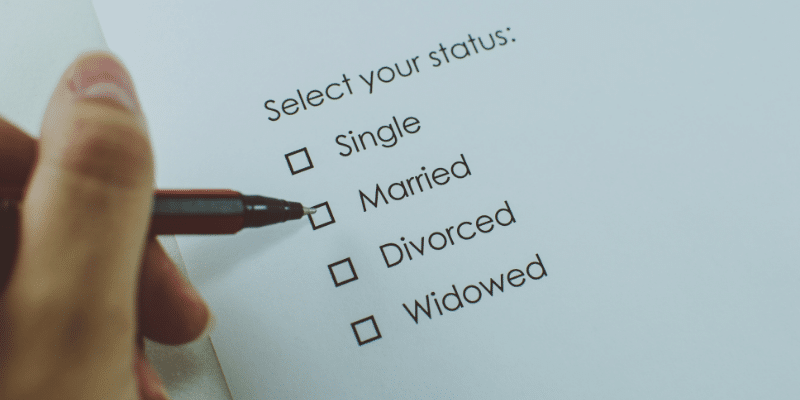
WAY #2: Know Your Filing Status
There are 5 Filing Statuses:
- Single
- Married That File Jointly
- For Married Filing Separately
- Head of Household
- Qualifying Widow or Widower with Dependent Child
It’s possible for you to receive more tax benefits by knowing your status.
For example, if you are single status, used by unmarried individuals and claim a dependent you may be eligible for the head of household filing status; potentially resulting in more tax benefits!

WAY #3: Being Organized is a Key to Your Success
Having your documents, receipts and any other expense related information in an organized place will go a long way in helping you to properly file your tax return.
List of some of the things you will want to have on hand:
- Your Personal Information (social security number, etc.)
- Any Wage and Income Statements
- Banking Statements
- Expense Receipts
- Medical Expenses and Receipts
- Charitable Donations Receipts
- Property Tax Receipts
For businesses, you’ll need any self-employment or business records
- Quarterly Tax Receipt
- Business Expense Records
- Mileage Records and Receipts
- Home Office Expenses
In addition to your own information, you will need the proper forms, which you can access by visiting our resources page here.

WAY #4: Know Deadlines to Properly File Your Tax Return
- Know when to file
- What to do to file for an extension if you need one
- Filing past-due returns
- Individual and Military Personnel Deadlines
- Business Tax Deadlines

Way #5: What to Do When You’re Out of the Country
It’s common these days for Americans and resident aliens to receive income from foreign sources.
If you are a U.S. citizen or resident alien, you must report income from all sources within and outside of the U.S.
The rules for filing income, estate, and gift tax returns and for paying estimated tax are generally the same whether you are living in the U.S. or abroad.

Way #6: What to do with the W-2
As an employee, you’re required to report all wages you earned from your job or jobs during the year on your tax return.
Employers must prepare a W-2 for each eligible employee and provide copies to the IRS and the Social Security Administration.
As an employer, you must mail or hand-deliver Form W-2s to your employees no later than January 31 for the previous tax year.
Individuals:
- You should receive three copies of your W-2: Copy B, C and 2
- Attach Copy B to your federal income tax return if you’re mailing it in
- E-filers: Keep Copy C with your tax documents for at least four years
- Attach Copy 2 to your state tax return if you’re mailing it in
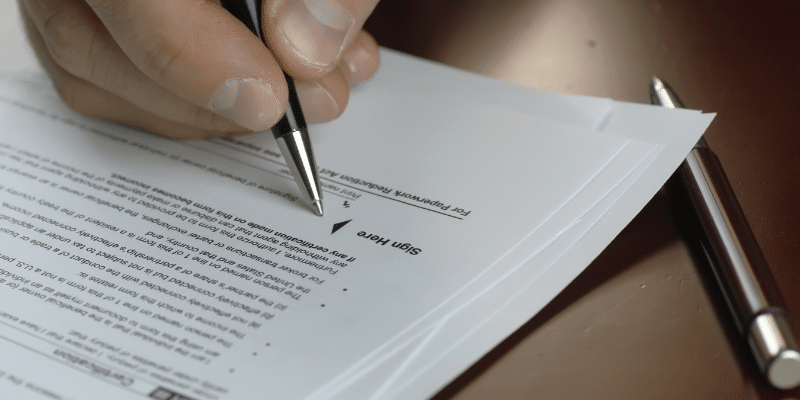
Way #7: Sign On The Dotted Line and Send In
Your options are to sign your paper tax return form or to sign electronically.
For the paper tax return:
- Just you, sign on the dotted line
- Filing jointly, then both spouses must sign
Note: if you’re filing jointly and your spouse cannot sign for some reason, you may sign for them if you have a valid power of attorney.
We invite your thoughts and comments and want you to know we’re here to help you in answering any questions you might have.

